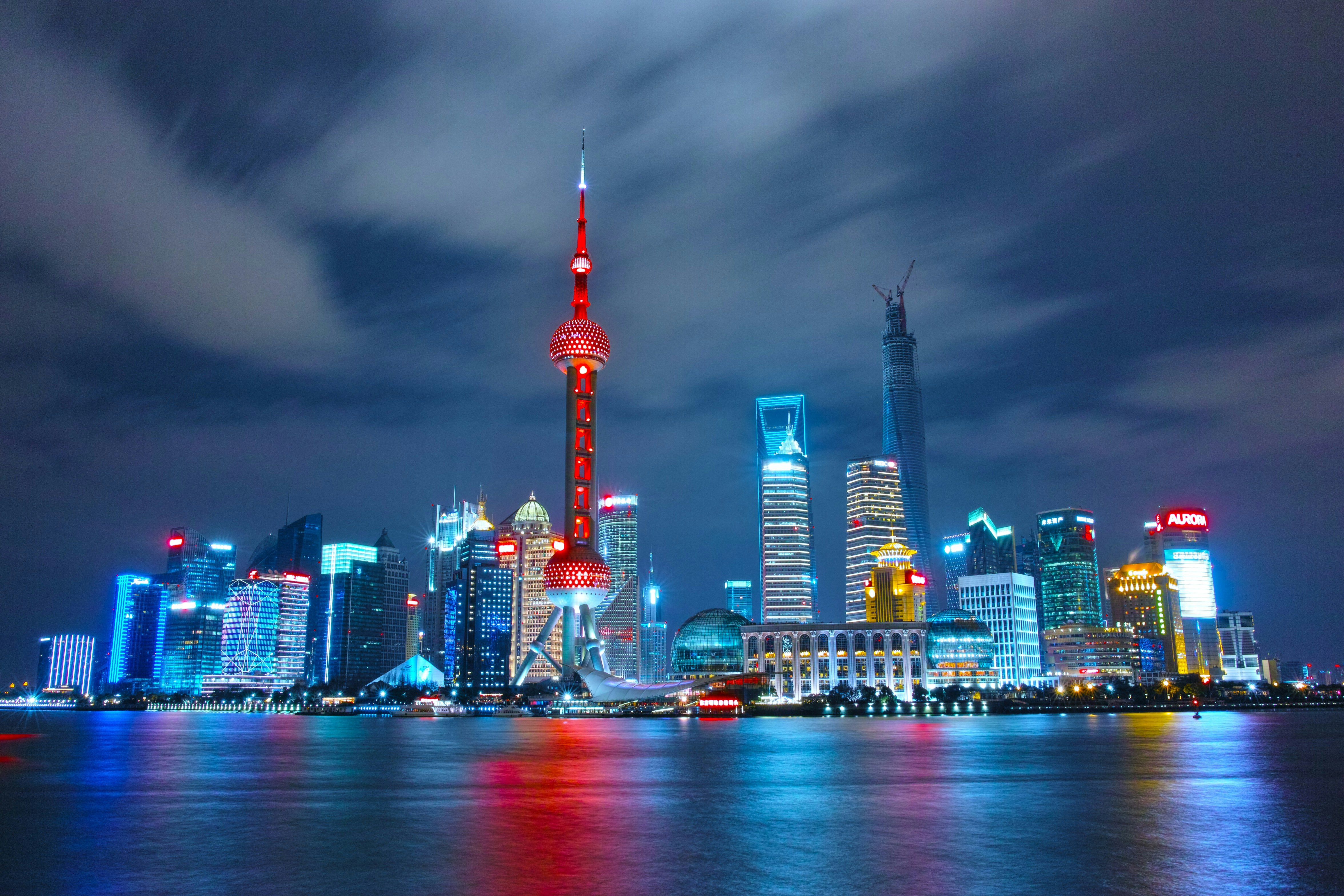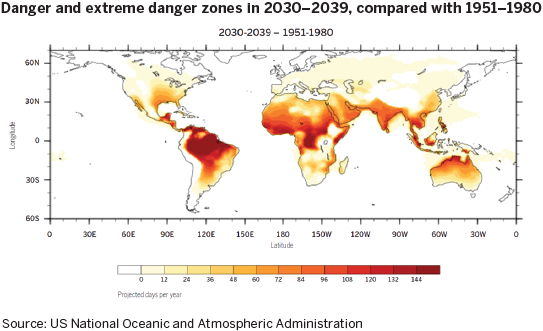'Innovation can lead to solutions for climate change in Asia'

Although climate change is a global issue, it's interesting to look at how a particular region or continent is approaching such a monumental challenge. Wendy Cromwell, Director, Sustainable Investment and Portfolio Manager at Wellington Management discusses how the public (governmental) and private (technological innovation) in Asia is combining to tackling the consequences of climate change.
In Asia, we see a confluence of government incentives and technological innovation aimed at addressing the effects of climate change. We believe Asia’s history and skill in combining public-sector support and private-sector innovation to solve problems — and its focus on climate as an immediate threat — will provide a meaningful opportunity for Asia to lead the world in providing solutions.
Tokyo 2020 starting to feel the heat
A marathon that starts in the darkness at 6:00AM? As Tokyo prepares to host the 2020 Olympics, climate change is affecting the event schedule. Extreme heat, as measured by the intersection of temperature and humidity, has a significant impact on the human body, including a high probability of heatstroke.
This is just one small example of the many effects of climate change. Tokyo and other areas of Asia will increasingly experience extreme heat. Without action to mitigate the impact of climate change, the consequences will be particularly severe in Asia.
In September 2018, Wellington Management Company, California Public Employees’ Retirement System, and Woods Hole Research Center jointly announced a multi-year research initiative to understand the implications of the physical risks of climate change (heat, drought, wildfire, hurricanes, floods, access to water) on economies, capital markets, and society.
This granular work points to large increases in future observations of extreme heat and drought across various Asian countries. The map below shows the expected increase in the number of days per year that different parts of the world will spend in the National Weather Service’s Heat Index danger and extreme danger zones in 2030 – 2039, compared with 1951 – 1980. Significant parts of Asia are forecast to experience more days each year in the danger zone (Figure 1).

Extreme heat and drought have potentially serious societal effects (far more serious than schedule changes at the Olympics). In some ways, the realization of this threat has catalyzed action.
The confluence of change
In Asia, we see a confluence of government incentives and technological innovation aimed at addressing the effects of climate change. We believe Asia’s history and skill in combining public-sector support and private-sector innovation to solve problems and its focus on climate as an immediate threat will provide a meaningful opportunity for Asia to lead the world in providing solutions.
"Without action to mitigate the impact of climate change, the consequences will be particularly severe in Asia."
Across Asia, government policy on infrastructure spending, clean-tech investment, and alternative energy subsidization underline how seriously the consequences are being considered. Stimulated by policy imperatives, China and India have accounted for half of the world’s increase in renewable energy capacity in recent years, due to their pressing need to clear air pollution brought on by an over-reliance on coal.
Globally, electrification of cars spurred by a focus on the environment and fuel efficiency is the dominant theme in the automotive industry. This trend is particularly evident in China, where government incentives and mandates have driven electric vehicle adoption. Eighty cities in China have mandates to replace 80 percent of their taxi and bus fleets with new electric vehicles by the end of 2020. The major producers of high-quality components for electric vehicles are based in Asia, and thus their innovation and expertise are necessary to achieve these targets.
"Stimulated by policy imperatives, China and India have accounted for half of the world’s increase in renewable energy capacity in recent years, due to their pressing need to clear air pollution brought on by an over-reliance on coal."
In agriculture, governments and companies are adopting innovative methods to combat the effects of climate change. These include drip irrigation systems, chemical-free agriculture, GPS technology to gauge soil moisture, and visual recognition software to identify weeds and save fertilizer usage. In Indonesia and China, farmers have adopted the use of drones for micro-irrigation. The drones are fitted with sensors to measure soil moisture and nutrient content. Armed with this information, the farmers can more specifically target irrigation and fertilizer application, resulting in resource efficiency and healthier, more productive crops.
Asia likely faces the greatest challenges as a result of climate change, but it is also where solutions are perhaps coming fastest, with remarkable public-private collaboration. As in the rest of the world, this resolve and these solutions have materialized only belatedly, but much of Asia is now determined to act to address its problems and provide solutions to the worldwide impacts of climate change.
This article was originally published on Wellington Management's page as part of the Milken Institute's Power of Ideas series.
Another of Wellington Management's leaders, Scott Geary, recently spoke at the Inside ETFs Asia event in Hong Kong. Scott is Head of Asia Pacific, GRG.
FundForum and Inside ETFs Asia connected the entire Asian investment sphere through two co-located events.